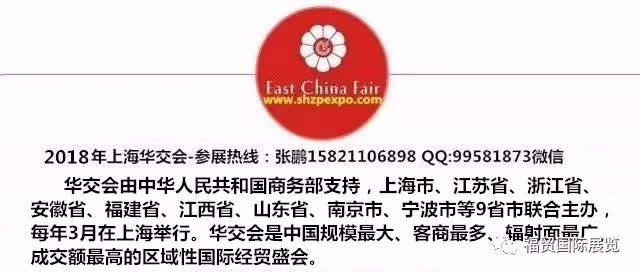Chinese light industry accelerates the speed of “going global”11
China’s light industry has prospered in Yangtze River and Pearl River delta regions since the country’s reform and opening up four decades ago. But due to the recent years of rising labor cost in China, some labor-intensive industries are considering to “go global” to seek more opportunities. A report mentioned that the high labor cost has become the biggest challenge for most Chinese light industrial companies, of which 10 percent have already invested overseas or plan to do so in the next three years. Chinese labor-intensive enterprises are losing their comparative advantages. The higher cost of labor and raw material leads to the light industry having to face great pressure. The report Solutions to the Higher Cost in China’s Light Industry: What are the Opportunities for Developing Countries jointly released by the Center for New Structural Economics at Peking University and UK’s Overseas Development Institute showed that the average wage in Chinese labor-intensive companies increased by 10 to 20 percent annually over the past three years, the cost of raw material rose and the demand for products declined, which narrowed down those companies’ profitability and resulted in the loss of comparative advantages of China’s labor-intensive light industry. The conclusions were made based on in-depth case studies and investigations on the export-oriented enterprises above designated size (main business income of 20 million yuan) in Pearl River and Yangtze River delta regions, which are involved in four labor-intensive light industrial categories – clothing, shoes, toys, and household appliances. The survey revealed that by encountering the pressure of higher labor cost, more than 60 percent of enterprises interviewed have regarded technical upgrading as their first choice to reduce labor cost and improve work efficiency. However, the application of automation in light industry still has its limitations. Take the shoe-making departments for example. The core and necessary steps in the manufacturing process are required to be handmade and are hard to be replaced by machines. Many other companies have decided to strengthen cost control on the input of production factors and in the process of product processing, change production lines, or expand the market. Building abroad factories has also become one of their choices. The research team found that 10 percent of the enterprises have already invested overseas or plan to do so in the next three years, a very small proportion. The report analyzed that the small proportion may be due to the investigation not including companies moving to other regions in China or overseas countries as well as the overseas investment of interviewees’ parent companies. Many light industrial enterprises in China have started transferring their industries to low-income developing countries since 2010. Chinese light industrial enterprises are desperate to find answers to the question of whether or not to transfer business overseas. In fact, there is a big wage gap in China and the quality of China’s labor force has its advantages. Experts pointed out that China’s central and western regions are more appealing than African and Southeast Asian countries.
|



